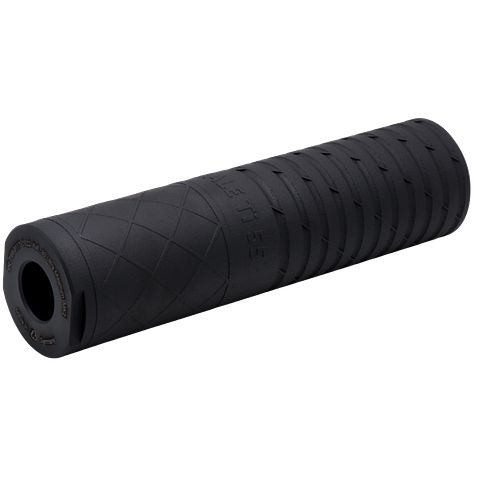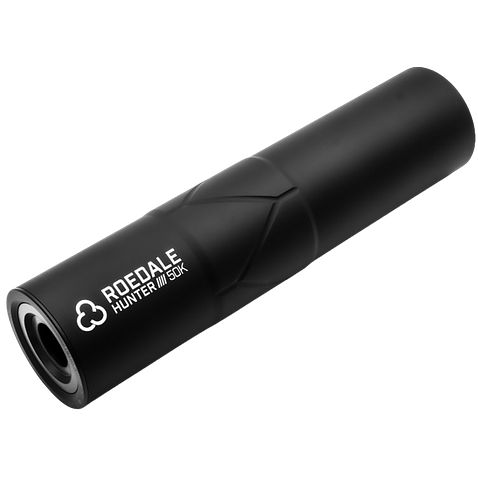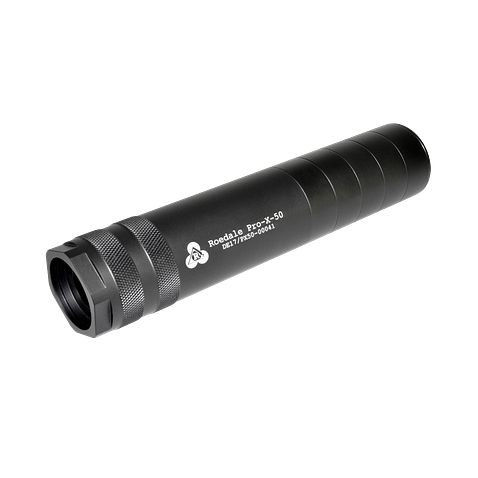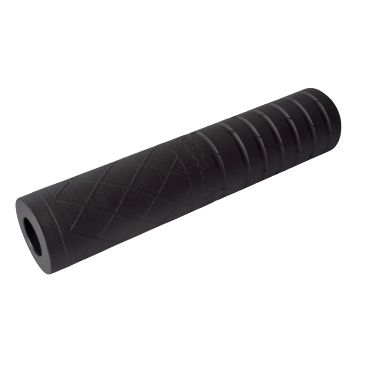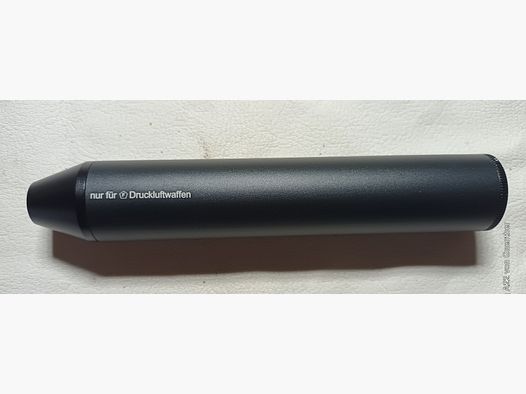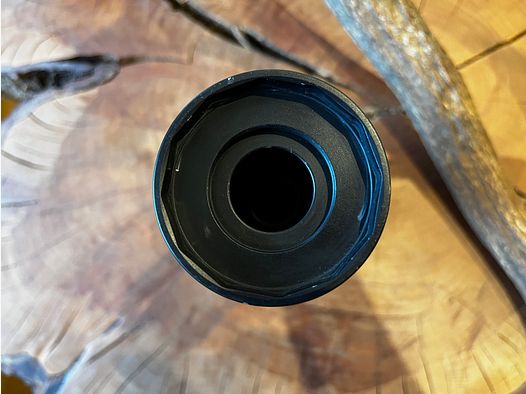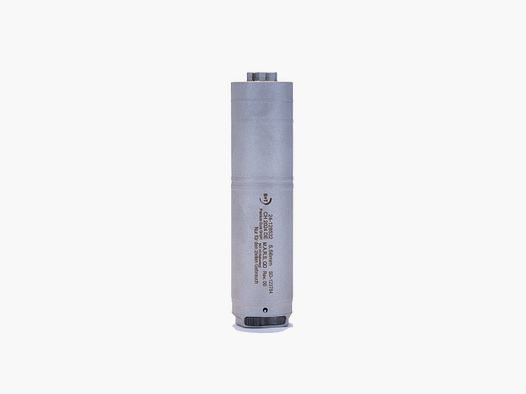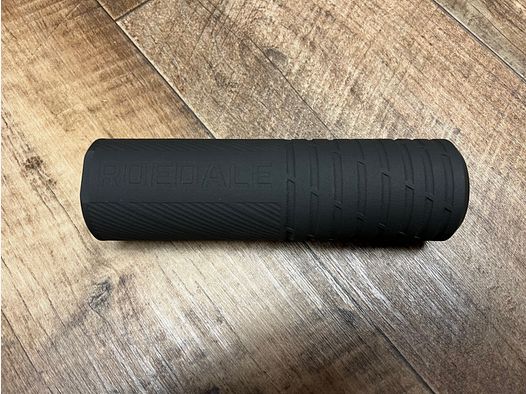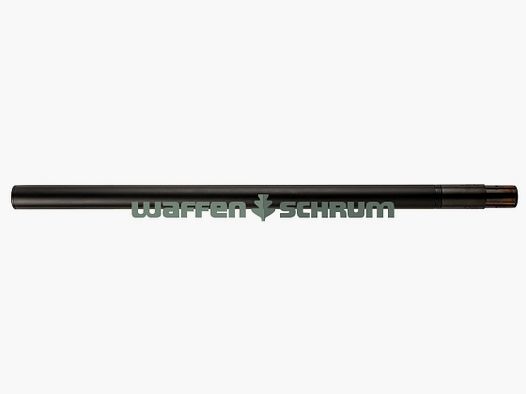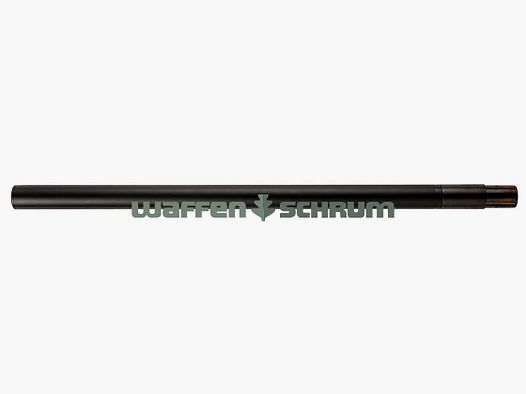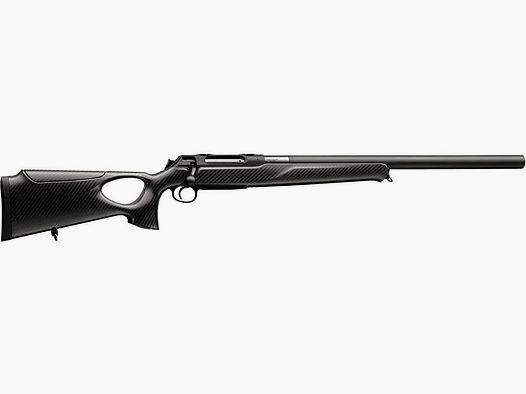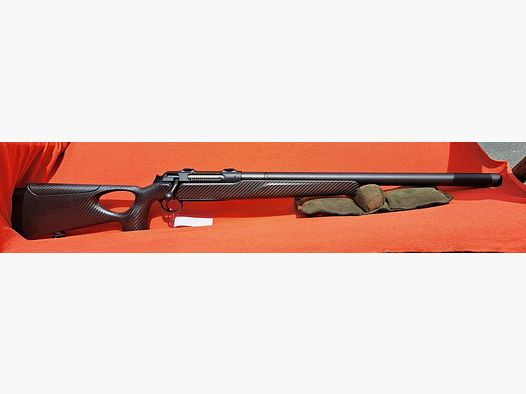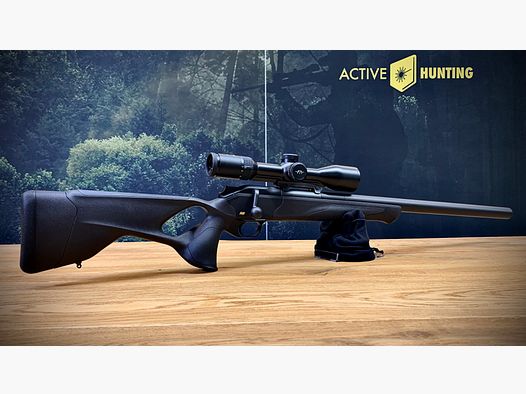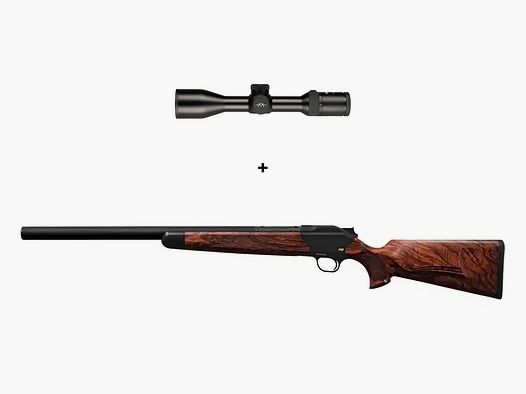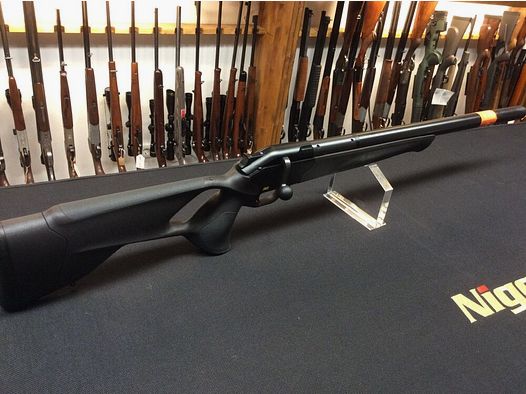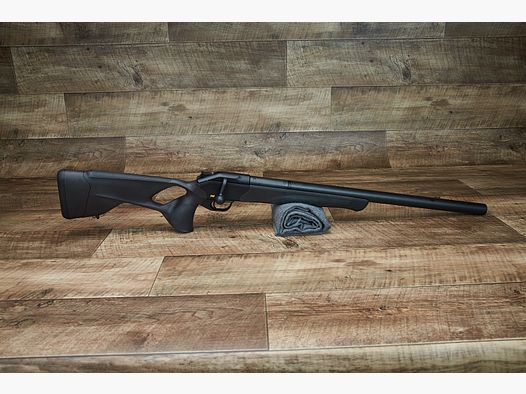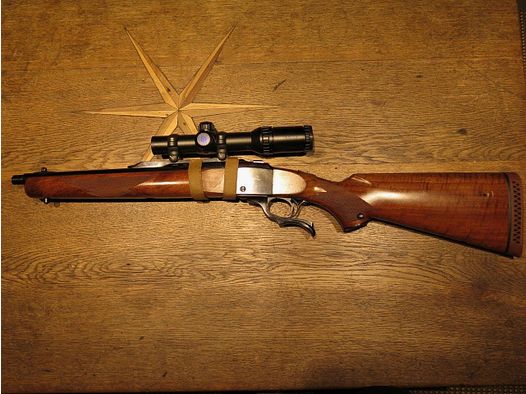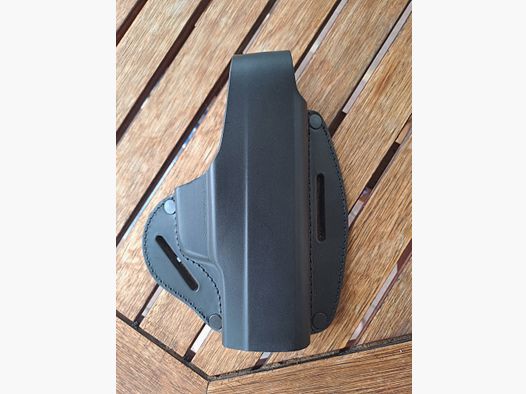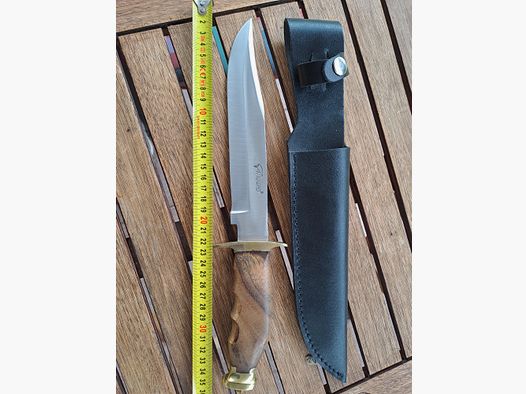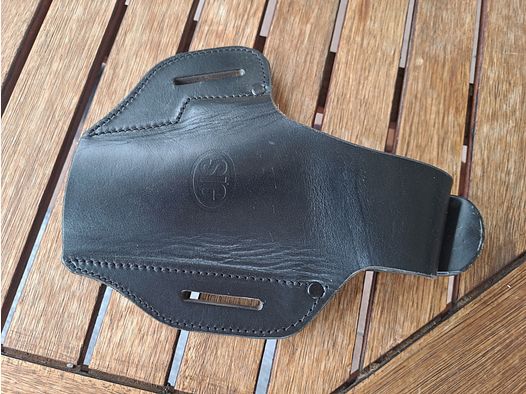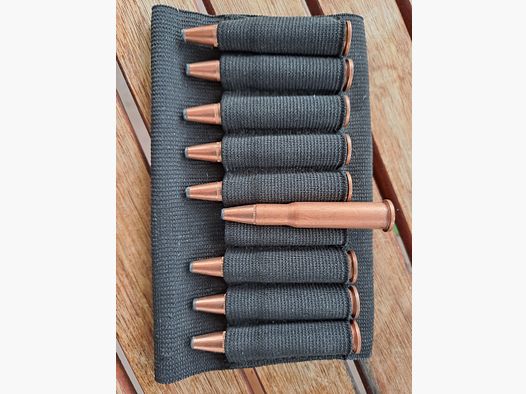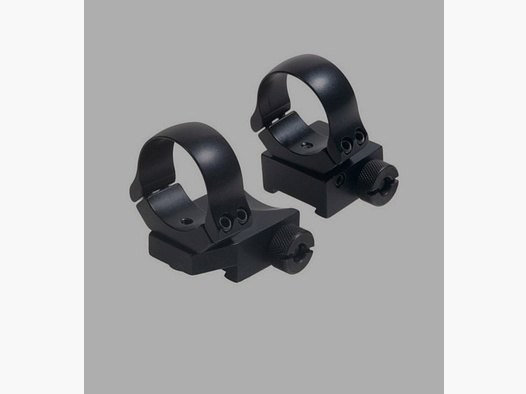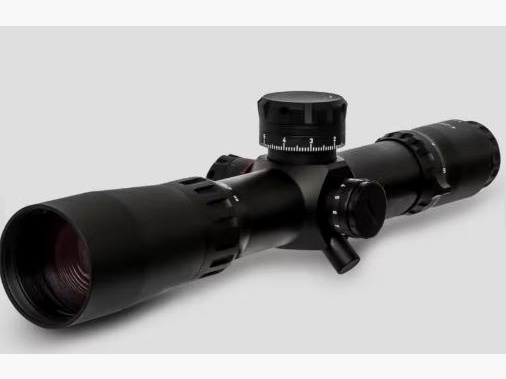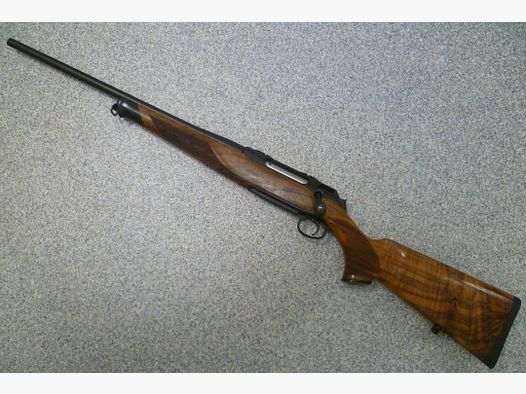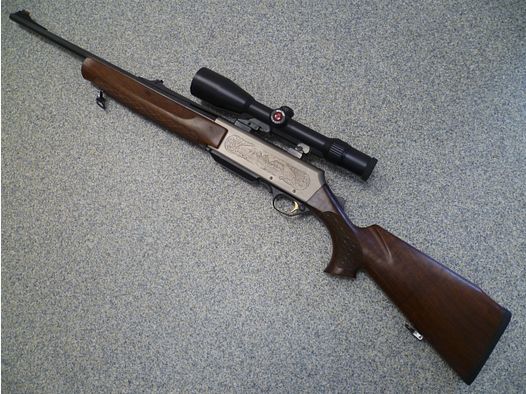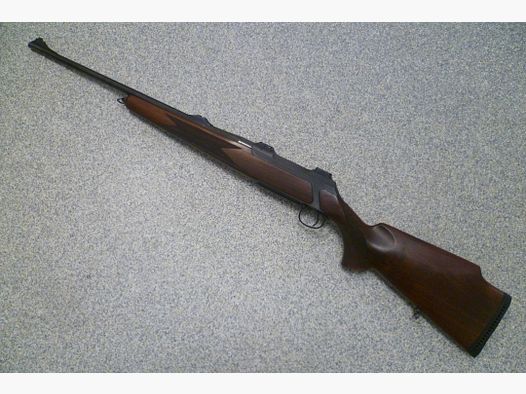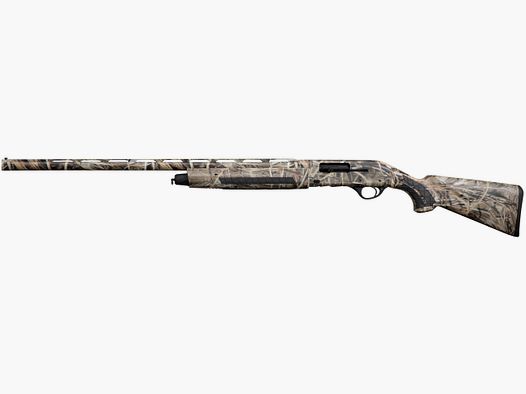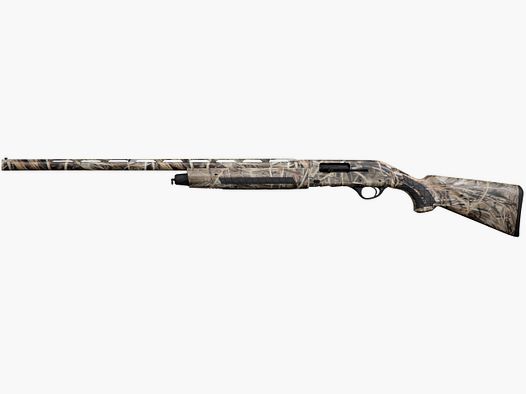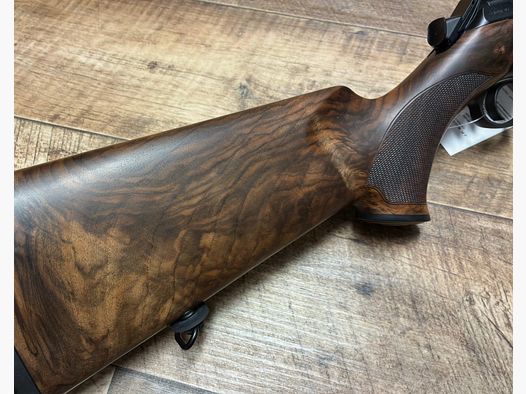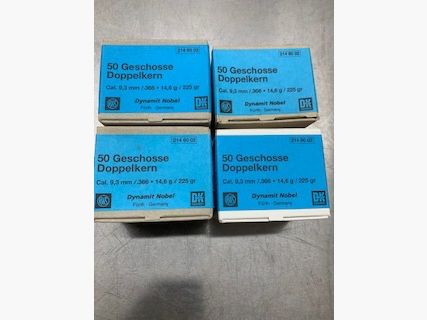Silencers, also known as muzzle signature reducers, have been allowed for hunting in Bavaria since 2015 under an exception regulation. In the meantime, most federal states have followed suit and permitted hunting with silencers.
How does a silencer work?
When a shot is fired, very hot gases exit the muzzle, which expand rapidly under high pressure. Silencers are located above the muzzle of the barrel and provide the gases with a space in which they can expand. The gases are also swirled. In contrast to the muzzle, the pressure of the gases when they exit the silencer is much lower - and the resulting bang is quieter.
Advantages and disadvantages of silencers:
A disadvantage of silencers is that they reduce the maneuverability of the weapon because they lengthen the barrel and increase the weight of the weapon. However, the additional weight, which is particularly disadvantageous during transport, also has an advantage: Most hunters can generally hold a heavier rifle more steadily than a lighter one.
The main advantage of silencers, however, is that they can reduce the muzzle blast of the weapon by up to 35 decibels. This means that the noise level is no longer beyond the human pain threshold of 130 decibels. Shooting can be done without hearing protection, and those involved in the hunt who cannot protect themselves from the noise emission of the shot, such as drivers or hunting dogs, are no longer endangered.
A significant advantage of silencers is that they increase the precision of the weapon: When a weapon is fired in conjunction with a silencer, the projectile passes through the expansion chambers of the silencer after leaving the muzzle. In the expansion chambers of the silencer, the explosive gases that exit the muzzle are relaxed and dissipated. This results in the gases being released only slightly into the environment, thus muffling the shot noise. This effect also reduces the turbulence of the gases directly behind the projectile, which affects the projectile's precision. Less turbulence means fewer disturbing factors on the projectile. A weapon shoots more precisely with a silencer. This is evident in the reduced grouping, as can be verified at the shooting range.
Other advantages of silencers include less pronounced muzzle flash and reduced recoil.
Legal requirements:
Before acquiring a silencer, no prior registration is necessary - however, the regulations of the federal states must be observed. Caution here: The ban on silencers in the aforementioned federal states also applies to weapons with integrated silencers - the acquisition of such weapons is not permitted for hunters residing there! Furthermore, the registration in the WBK does not mean that the hunting use of the silencer is approved - a special permit from the lower hunting authority is required for this.
When it comes to formalities, caution is advised! Some hunters have had to surrender their hunting license due to formal errors related to silencers!
Technical requirements
Important: The hassle-free retrofitting with a silencer is only possible with bolt-action rifles and break-action rifles. In the case of combination weapons, retrofitting is impossible due to the design of the weapons. Semi-automatic rifles, on the other hand, may depend on recoil or gas pressure, as these drive the reloading mechanism - silencers can interrupt this mechanism and thus disable the weapon's reloading mechanism.
For the installation of a silencer, a thread must be cut into the muzzle. It is advisable to purchase new weapons already with a thread, even in the federal states where silencers are not yet permitted. Once the thread has been cut into the muzzle, the weapon must be re-tested (§3 Proof Act), which makes the effort greater than perhaps initially expected.
The cutting of the thread, if not present, must be carried out by a gunsmith, as the modification is made to an essential part of the weapon. (This is regulated by law in § 21 and § 26 of the Weapons Act).
If no silencer is used, the fine thread must be protected by a cover cap - without a muzzle cap, it could be damaged, and the barrel could potentially be irreparably damaged.
What types of silencers are there?
Different types of silencers include standard silencers and reflex silencers, which are also called over-barrel silencers. Standard silencers are simply screwed onto the muzzle, thereby increasing the overall length of the weapon by their own dimensions - the rifle becomes about 30 cm longer. Reflex silencers, on the other hand, are partially slipped over the muzzle, thus only increasing the overall length of the weapon by part of their own length, one can assume about 15 cm. In addition to this advantage, reflex silencers are also less susceptible to lever forces than standard silencers.
Silencer - shorten barrel
Because the silencer definitely increases the length of the weapon, it is advisable to choose a barrel as short as possible when purchasing a new weapon and, if retrofitting, to consider shortening the barrel. The standard calibers .308, .30-06, 8 x 57 IS, 8.5 x 63, 7 x 57, or 9.3 x 62 can usually be shot without problems with barrels around 50 cm, while stronger magnum calibers like .300 Win Mag or 8 x 68 S should not have the barrel shortened to less than 56 cm.
Silencer in test:
The best test reports on silencers can be found with our premium partner Geartester. Additionally, Geartester provides high-quality video content on the topic on YouTube:
Silencer test:
Silencer comparison: Hausken, Roedale, and A-Tec:




